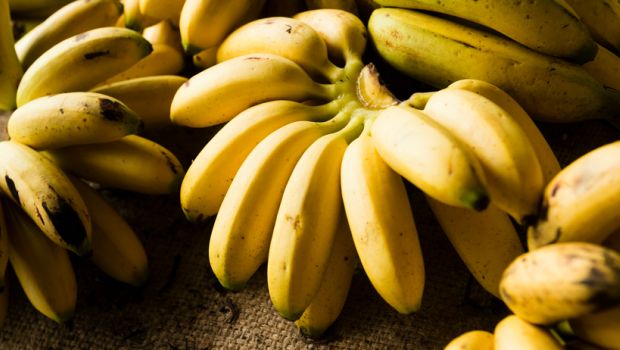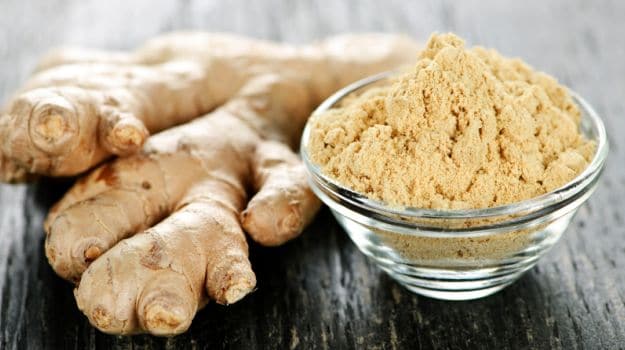If you have been diagnosed with diabetes and looking for all sorts of ways to keep a check on your blood sugar level,
here are some common and uncommon tips on how to control sugar:
1. Lose Those Extra Kilos
According to Dr. Shashank Joshi, Endocrinologist, Lilavati & Bhatia Hospital, "Being overweight causes insulin resistance and makes it difficult for the body to maintain appropriate blood glucose levels. For those who are overweight, dropping 5- 10 per cent of your weight can help. Work with your doctor to manage your weight and if necessary consult a dietician."

How to control sugar: Being overweight can cause insulin resistance2. Follow a Balanced Diet with Complex Carbs
According to Preeti Rao, Health and Wellness Coach, "Eat a variety of fruits and vegetables, lean protein and good sources of fat. Foods to avoid are those rich in trans fats (also called hydrogenated fat), processed food, and sugar. Complex carbohydrates are rich in fiber and are not highly processed like refined carbohydrates. They take longer to digest and hence provide a sustained source of energy for a longer duration."

How to control sugar: Eat a variety of fruits and vegetables3. Benefits of Barley
A recent study done by Lund University in Sweden states that eating a special mixture of dietary fibres found in barley can help reduce appetite and blood sugar levels. According to the researchers, barley can also rapidly improve people's health by reducing risk for cardiovascular disease.

How to control sugar: barley can also rapidly improve people's health
4. Benefits of Resistant Starch
Accordingly to a study done by the University College Dublin in Ireland, resistant starch, which occurs naturally in foods such as bananas, potatoes, grains and legumes, may benefit your health by aiding blood sugar control, supporting gut health and enhancing satiety. This is a form of starch that is not digested in the small intestine and is therefore considered a type of dietary fiber.

How to control sugar: there are benefits of resistance starch5. Try Nuts
Nuts contain unsaturated fats, protein and a range of vitamins and minerals that lower cholesterol, inflammation and insulin resistance. According to a study published in the journal BMJ Open, you should include at least 50 grams of almonds, cashews, chestnuts, walnuts or pistachios in your diet to control blood fats (triglycerides) and sugars.

How to control sugar: Try a handful of nuts daily6. Ginger Benefits
According to a study done by the University of Sweden, ginger has potential power to control blood glucose by using muscle cells. The study found that ginger extracts were able to increase the uptake of glucose into muscle cells independently of insulin.

How to control sugar: ginger has potential power to control blood glucose7. Cinnamon Can Help
According to a research by Western University of Health Sciences in Pomona, California, "Preliminary studies have suggested that the compound Cinnamaldehydein is responsible for cinnamon's health effects. Researchers suspect this substance may stimulate the release and effect of insulin, providing cinnamon its power to improve blood sugar."

How to control sugar: this substance may stimulate the release and effect of insulin8. Have Breakfast Like a King
A high-energy breakfast and modest dinner can control dangerous blood sugar spikes all day, as stated by a study done by a group of researchers from Tel Aviv University and published in Diabetologia. They found that by eating more calories at breakfast when the glucose response to food is lowest, and consuming fewer calories at dinner, glucose peaks and glucose levels throughout the day were significantly reduced.

How to control sugar: A high-energy breakfast and modest dinner can control dangerous blood sugar spikes9. Maintain Regular Meal Schedule
Lalitha Subramanyam, Chief Nutritionist at Grow Fit, says, "Blood sugar levels are better regulated when a regular meal schedule is maintained. Six small meals rather than three big ones help to keep the portion and sugar levels in check.

How to control sugar: Six small meals rather than three big ones helps10. Physical Activity is a Must
A minimum of 30 minutes of physical activity is a must for diabetics. "Regular exercise is required for keeping your glucose levels under control. Muscle movement results in the utilization of insulin. Thirty minutes of walk every day will cut your risk of diabetes by one- third," says Dr. Shashank Joshi.










